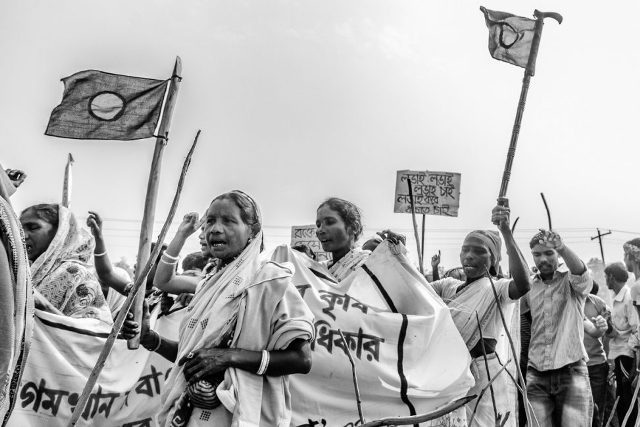Today is World Day of Social Justice, a day which was first observed in 2007. Social justice is an underlying principle for peaceful and prosperous coexistence within and among nations. We uphold the principles of social justice when we promote gender equality, or the rights of indigenous peoples and the disabled.
What is World Day of Social Justice?
On 26 November 2007, the global General Assembly declared that, starting from the sixty-third session of the General Assembly, 20 February will be celebrated annually as the World Day of Social Justice.
The General Assembly recognizes that social development and social justice are indispensable for the achievement and maintenance of peace and security within and among nations and that, in turn, social development and social justice cannot be attained in the absence of peace and security, or in the absence of respect for all human rights and fundamental freedoms.
Theme for 2020
This year’s theme for World Day of Social Justice is “Closing the Inequalities Gap to Achieve Social Justice”.
The popular contention that the rich get richer and the poor get poorer appears to be largely based on fact, particularly within the present global context. Moreover, extreme or absolute poverty, experienced by those whose income is barely sufficient for survival, remains widespread.
Income-related inequalities, notably in the ownership of capital and other assets, in access to a variety of services and benefits, and in the personal security that money can buy, are growing. There is also greater inequality in the distribution of opportunities for remunerated employment, with worsening unemployment and underemployment in India affecting a disproportionate number of people at the lower end of the socio-economic scale.
Why this theme on World Day of Social Justice 2020?
Unlike justice in the broad sense, social justice is a relatively recent concept, born of the struggles surrounding the industrial revolution and the advent of socialist views on the organization of society. Some proponents of social justice dream of total income equality. Most, however, hold the view that when people engage in economic activity for survival, personal and professional growth, and the collective welfare of society, inequality is inevitable but should remain within acceptable limits that may vary according to the particular circumstances.
In the modern context, those concerned with social justice see the general increase in income inequality as unjust, deplorable and alarming. It is argued that poverty reduction and overall improvements in the standard of living are attainable goals that would bring the world closer to social justice. However, there is little indication of any real ongoing commitment to address existing inequalities. Hence, this theme was chosen for World Day of Social Justice 2020. Special events are planned to mark this occasion across the globe.
Special film screenings
The North Dakota Human Rights Arts Festival in the United States is holding a special free screening of eight experimental and animated films to mark this day. The Human Family—the people behind the festival—promotes human rights and social justice through film and art. The Human Family told a portal that they intentionally planned for the films to screen on the World Day of Social Justice.
The content of the films—which ranges from foster children in the education system to reflecting on the sovereign lands of Native American Territories, to the reflection of memory or identity for immigrants, to the protests in Hong Kong and the occupation of the State of Palestine—all speak to important, contemporary human rights issues or abuses.
Social justice in art
Examinations of social justice permeate much of the work in the ongoing Samdani Art Award exhibition in Bangladesh, such as a photographic project by Faiham Ebna Sharif titled ‘Cha Chakra: Tea Tales of Bangladesh’. He chronicles the legacies of colonial British India, which forcefully relocated slaves to work on tea plantations in Sylhet and Chittagong.


